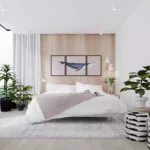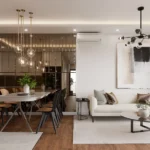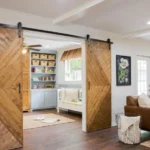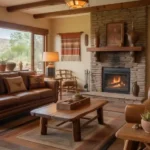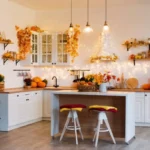In today’s world of personalized aesthetics and curated living spaces, the interior design showroom has become far more than a simple display area—it’s an immersive environment where design meets inspiration. Whether you’re a homeowner planning a renovation, a designer sourcing materials, or someone simply exploring style trends, a showroom bridges the gap between imagination and reality. But what truly makes an interior design showroom the beating heart of modern home décor?
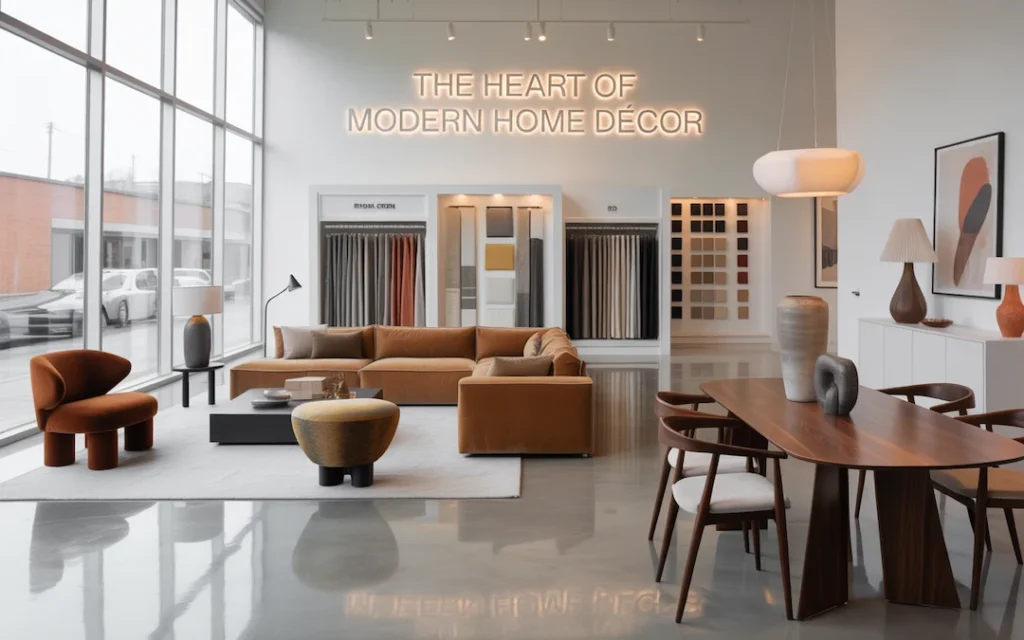
Content
The Experience of Stepping into a Design Story
Walking into a home décor showroom feels like stepping into a well-crafted story. Each room setup tells a tale—of color harmony, texture balance, and lifestyle aspirations. Unlike browsing online catalogs, a showroom allows you to touch fabrics, experience lighting variations, and observe how furniture proportions actually work in real space. This tangible experience can be transformative, especially for those seeking authentic ideas for their own homes.
Showrooms often feature curated vignettes that demonstrate how design elements—like furniture, wall finishes, or lighting—come together. These setups inspire visitors to think beyond isolated pieces and visualize complete interior compositions. The result is a hands-on journey that ignites creativity and helps individuals discover their personal style language.
A Hub for Design Professionals and Homeowners Alike
An interior design showroom serves both professionals and everyday design enthusiasts. Interior designers frequent these spaces to source materials, compare finishes, and discuss project concepts directly with suppliers. For homeowners, it’s an opportunity to see design trends in real time and understand how professional designers approach balance, proportion, and functionality.
Moreover, many showrooms offer consultation services, helping clients refine their vision or coordinate with trusted contractors. This interaction makes the showroom not only a retail destination but also a collaborative environment where design ideas evolve organically.
The Rise of the Home Goods Showroom
In recent years, the home goods showroom has grown into a category of its own. These spaces focus on quality furnishings, décor accessories, textiles, and everyday lifestyle products. Unlike traditional stores, a home goods showroom presents these items in styled settings—demonstrating how they work within real-world contexts. This experiential approach helps customers make informed choices, ensuring every purchase aligns with both aesthetics and practicality.
For example, a home goods store may showcase several living room concepts featuring different color palettes or design moods—minimalist, coastal, or mid-century modern. Each setup gives visitors ideas on how to mix and match textures, layer lighting, and combine statement pieces with subtle accents. It’s not just shopping—it’s learning through experience.
A Playground of Materials and Textures
At the core of every interior design showroom lies an abundance of materials—tiles, flooring, upholstery, wall coverings, and fixtures. This variety transforms the space into a playground for the senses. Visitors can compare matte and glossy finishes, evaluate durability, and experiment with color coordination. Such tactile exploration fosters confidence in decision-making and helps create cohesive design plans.
In addition, many modern showrooms embrace technology—offering digital design tools, mood boards, and 3D visualizers. These innovations allow clients to see how different materials and furniture pieces will look in their own homes before making a commitment.
Merging Sustainability with Style
Another major shift within today’s home décor showroom culture is the growing emphasis on sustainability. Designers and consumers alike are prioritizing eco-friendly materials, recycled furnishings, and ethically sourced textiles. Many showrooms highlight sustainable collections, showcasing how environmental responsibility can align beautifully with modern aesthetics.
By integrating green practices, these showrooms not only appeal to conscious consumers but also lead by example—encouraging the design community to move toward more responsible choices without sacrificing elegance or comfort.
The Showroom as a Source of Inspiration and Education
Beyond its role as a retail or display space, an interior design showroom functions as an educational hub. Many host workshops, product demos, and trend showcases where visitors can learn from experts. Whether it’s understanding how to combine lighting layers or selecting furniture for compact spaces, these events help demystify design principles for everyday homeowners.
Furthermore, for design students and young professionals, showrooms serve as living textbooks—places to study proportion, ergonomics, and material behavior in real-world applications.
Why Visiting a Showroom Matters More Than Ever
While online shopping offers convenience, the sensory and emotional experience of visiting a home goods showroom remains unmatched. Seeing color shifts under natural light, feeling the texture of fabrics, and experiencing the spatial flow of furniture arrangements—all these moments guide more thoughtful and satisfying design decisions.
In an era dominated by digital screens and quick choices, stepping into a showroom reintroduces the human connection to design. It transforms home styling from a transaction into a creative journey—one guided by vision, exploration, and emotion.
Conclusion: Where Inspiration Meets Reality
So, what makes an interior design showroom so special? It’s where ideas take shape, materials come alive, and inspiration turns into reality. Whether you’re furnishing a new home, refreshing your décor, or simply seeking creative energy, visiting a home goods store offers a world of discovery. Each display whispers a new possibility—and within those walls, you’ll find the spark that transforms a house into a home.

Elena Mohr is a dedicated home blogger who has been blogging for over six years. She covers everything home related. Elena also loves writing posts about her travels to Europe with her husband and two children.

